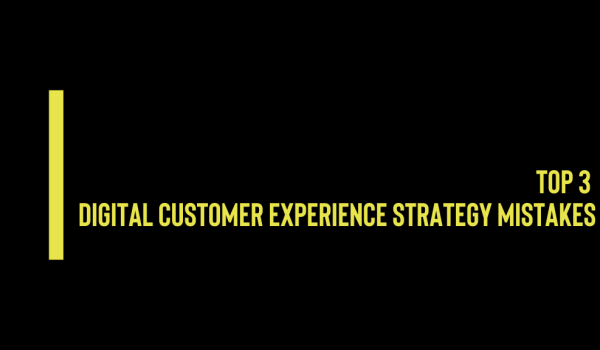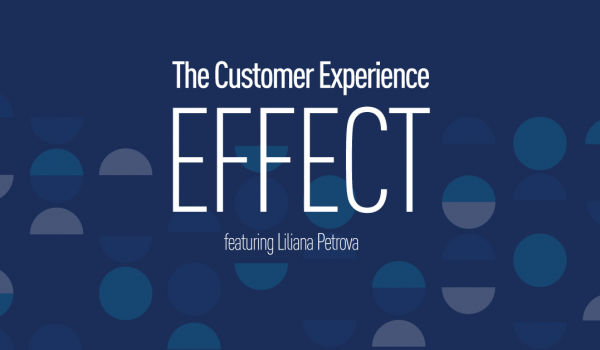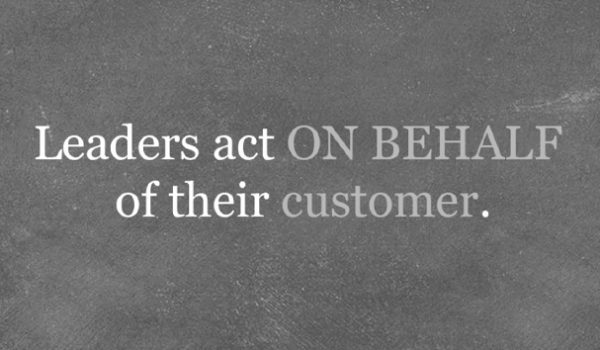
What is the Real Cost of Employee Experience?
There are two types of leaders (and organizational cultures) that stand to benefit most from improving employee experience. The first kind have 40% or higher turnover and think their frontline employees have a culture problem. The second have 40% or higher growth rate and think they can scale their great culture without help like ours.
The reality is, culture starts at the top and frontline employees are only reflecting the culture of the organization and the behaviors of the leadership ranks. And until founders figure out how to clone themselves, once the headcount goes beyond 300 employees, the charismatic founder effect loses its engagement power unless it is supported by an actual culture system.
Selling the CFO on Employee Experience
Nevertheless, the business case of Culture Engagements tends to be a tough sell to the CFO. Although leaders know that bad employee experience always leads to bad customer experience, they do not deem employee experience a worthwhile investment.
Today, we make the connection between employee experience, higher labor costs, and lower revenue. And since turnover and growth are business fundamentals that should trigger immediate investments, we hope this makes it easier to sell those much-needed culture engagements to your CFOs.
The ROI of Employee Experience
Let’s talk about the ROI of your culture business case. Depending on the size and maturity of your organization you can go in two directions.
If you are a mature organization with a bad culture that needs to be improved, the return on investment in your culture transformation is lower turnover and increased customer loyalty. How much are we talking about? It costs companies 20% of an employee’s salary to replace an employee once the salary hits 75K per year. For executives, the cost to replace an employee can reach 213% of an employee’s salary.
If you are a young organization in a rapid growth phase, the ROI of building a culture system is the sustainability of your business and the continuation of your growth trajectory. If you are growing at 40%+, all your customer happiness agents are unhappy. They are buried in tickets and customer complaints with no technology tools to support scaling the operation. Your growth may continue, but your customer retention will start leaking.
Employee experience is the vehicle to get the second year subscriptions for your business. Or the repeat trip to your hotel. And that is vital for the sustainability of your business.
So, invest in your culture. Pay for someone like us. Invest in real employee training (not only self-service recordings!). But also invest in prioritizing mapping important processes and procedures. Invest in technology that helps employees deliver better experiences. And make the tough financial choices that unburden employees and promote work-life-balance. These commitments will improve both the employee experience and customer experience. They will also increase customer retention and lower employee turnover.
The Root of the Problem
So, why do leaders with such obvious business risks ignore the culture problem? Is it the leader’s ego or the deficit of good leadership?
The answer is simpler than that. Leaders genuinely do not know what to do. Today, we are sharing 5 strategic moves you can make to improve employee experience.
Listen
This is not new advice, but it does not happen enough in Corporate America. You would be surprised to learn how many organizations do not have employee engagement surveys. Or if they do, employees get a one-off survey and leaders take no action.
LISTENING means you are collecting and analyzing employee feedback with the intention to do something with it and hold leadership accountable for bad results. Does that cost money? Absolutely! Does it cost 20% of the salary of every manager and above? No.
Incentivize
In JetBlue, we surveyed each employee twice a year to measure changes in attitude and perception of the company and leadership. We also had an employee engagement ambassador program (that employees applied to join). The ambassadors worked within business units and met regularly with the VPs of their departments to design departmental solutions and respond to problems.
Why do you think VPs invested time on this? Because their compensation depended on the results and changes in employee feedback. In other words, JetBlue connected executive pay with employee engagement and happiness. That is why, when asked how Jetblue was able to make their employees happy, I say with the right incentives for the right people!
Diagnose Accurately
Listening is not as easy as it sounds, especially when you are close to the operation. This is where bias can lead to wrong conclusions. And it is why you need guidance from a partner like us. A consultant has the ability to see organizational dynamics objectively, and help you derive the right conclusions from the data. Likely, a consultant will also ask different questions in the employee engagement survey.
For example, a client had an internal audit team with Management that was never leaving. In the employee survey auditors complained that there was no upward mobility. As a result, HR offered lateral movement to the auditors and the opportunity to grow in another division. Some moved. Others wanted to be auditors and did not.
Even though this is an example with mixed results, it provided clarity to the employees and improved the relationship with management. See, the employees still felt heard. And that is the whole point.
Design Employee Experience
Just like you can intentionally and pro-actively design customer experiences, you can design employee-centric journeys to ensure your employees will stay with you.
Citibank just announced “Zoom-Free Fridays.” Not only that, Citibank CEO Jane Frazer invested more millions into May 28th Reset Day, a day for all 200K + employees to take off. In other words, Citibank has an employee experience strategy with commitments and funding. Why do you think Citibank is doing this?
Citibank recognizes that investment in technology is not enough. In the past 5 years they have consistently been investing in their consumer digital experience. We all feel the positive impact. But it looks like Citibank is looking to improve their culture. The organization has recognized that great technology with bad service is not enough.
When you do your cultural transformation, it is imperative that the first step on your employee experience map is something the employees want, not something you want. You may want an extra day off. They may want an investment in a technology tool they use every day. Just don’t make a decision on their behalf. ASK.
Be Authentic
I know. This feels like a pretty populist statement. Be authentic. Every marketer talks about this. Yet, the message is not translating to action. Case in point, Mary Barra, CEO of GM was called out by the owners of Black Media companies for only investing 0.05% of the organization’s marketing budget in black owned media companies after publicly claiming her support of the Black Lives Matter movement. Time and again, executives do not put their money where their mouth is. And they are being held accountable.
It is simple. When a leader makes a statement, that leader needs to understand the business decisions those statements imply and be ready to make them. The world is listening. And clearly making respective business plans based on leaders statements.
Business is money. So, every time an executive says something is important, there is a collective expectation that money will be invested. So, if that is not your intention, do not say it. If you do say it, be honest and do what you say.
Take the Next Step
The fundamentals are simple: listen, diagnose, incentivize, design intentionally, and be authentic. The implementation of those principles is complex. Especially when you are inside the organization and managing priorities. But at the end of the day, employee experience is one of those foundational elements that needs to be rock solid in order for your business to behave the way you need it to behave for leadership, employees, and the customers you serve.
To explore employee experience and culture programs from The Petrova Experience, check our Organizational Culture page. We can’t wait to learn more about the individuals who shape your organization, and explore how you can support – and give back – to them.
















































































